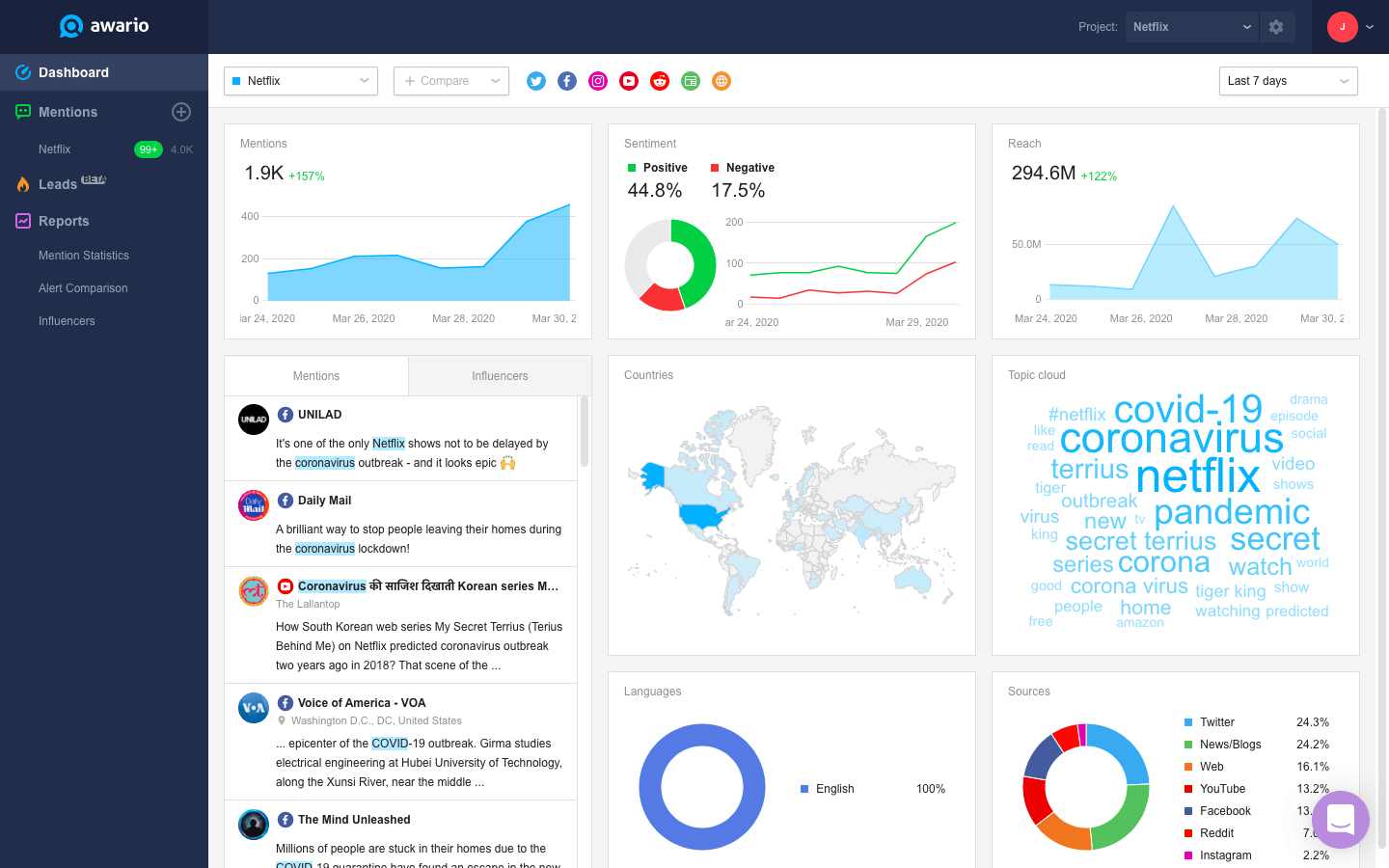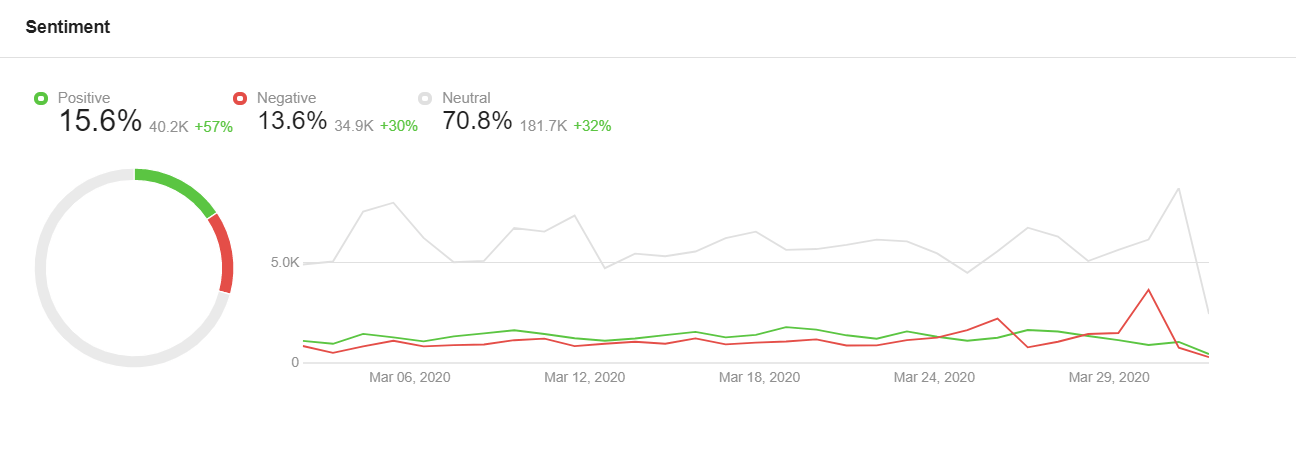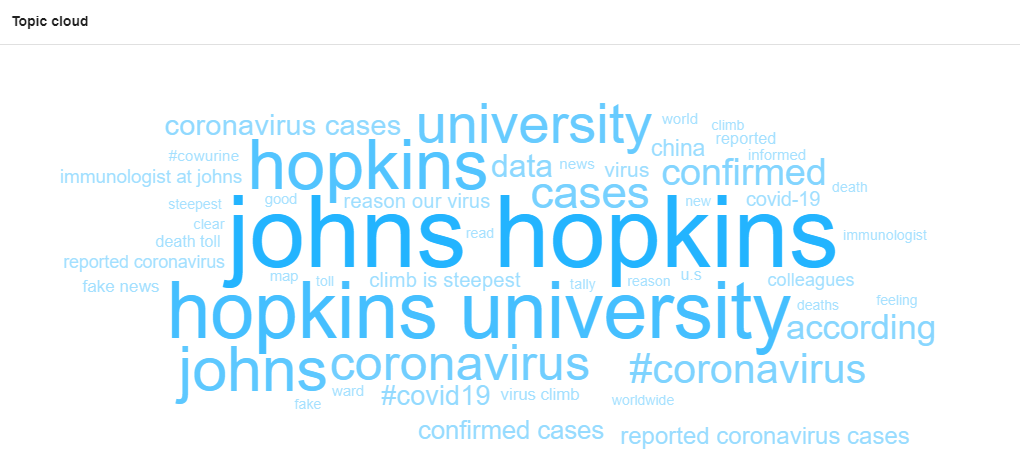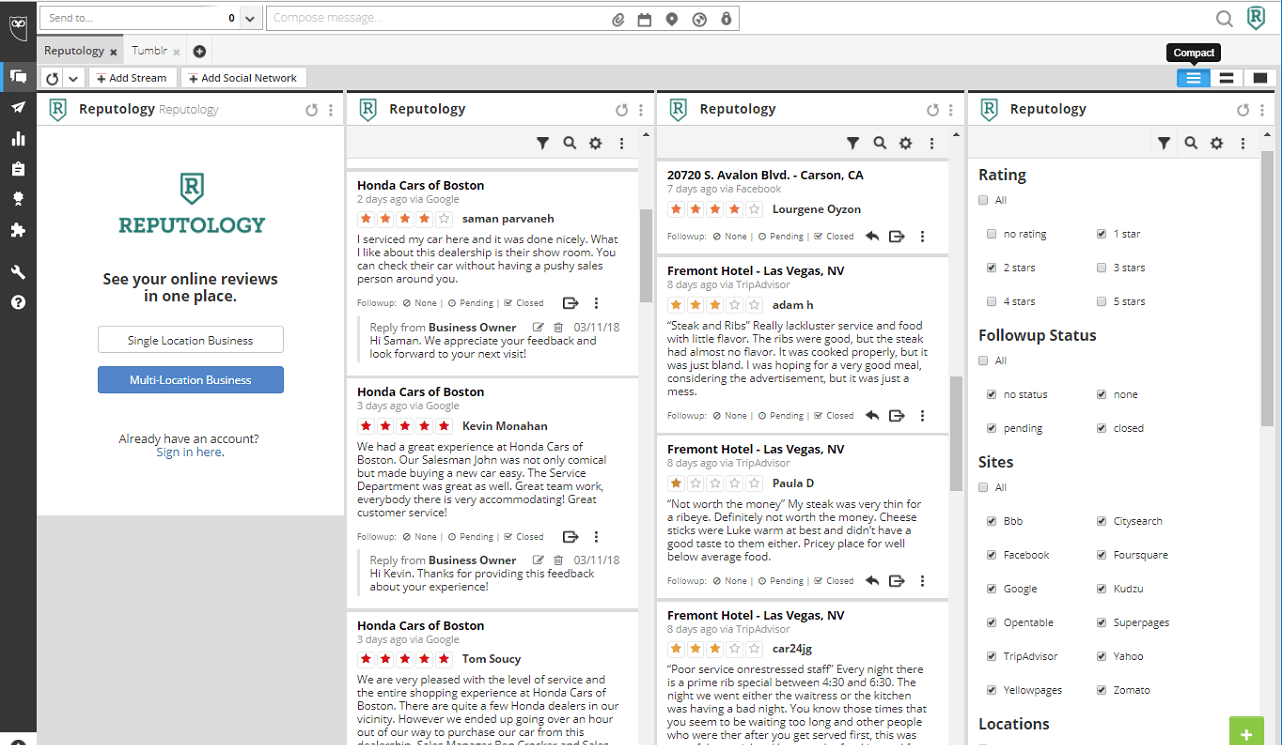Online reputation management: the ultimate guide

Your online reputation depends on your online presence - on what people see when they search for your brand or when they stumble upon it online. It determines how people perceive your business. Consequently, online reputation management (ORM) proactively influences what information they will find and what they might see accidentally.
The thing about online reputation is that people underestimate how much it affects their sales. Somehow, business owners still often believe that a well-crafted ad is more effective than ten random people on Reddit in persuading a potential customer to buy a product.
In fact, people don’t trust ads half as much as they trust other social media users, blog authors, micro-influencers, and review sites. People review and discuss brands a lot online. Whether you’re a Walmart or a tiny local coffee shop, there will be people online complaining and praising your product or service. And there will be people looking for this information to decide whether to buy whatever you’re selling. Studies show that 88% of buyers research products online before making a purchase (both online and in-store) and 86% will hesitate to purchase from a business that has negative reviews.
For companies, the key to surviving in this time of constant online watch is transparency and communication. It’s impossible to protect yourself from negative reviews and Twitter complaints. But it’s possible to be aware of negative content, react to it in time, communicate, and address criticism publicly. It's possible to know your brand reputation at any given point in time and do your best to keep it up or improve it.
Top rules for online reputation management.
1. Use social listening.
Social listening is the process of using a tool (a social media monitoring/listening tool) to crawl social media networks, news sites, blogs, forums, and the rest of the web for mentions of your brand, product, CEO, or any other keyword. Social listening tools are used for tracking brand reputation online, discovering positive and negative content about your brand, and managing these online reviews and social posts on social networks.
Awario is one of such tools. Setting it up to monitoring alerts, which means monitoring your reputation online through tracking the brand and calculating brand sentiment, is as easy as it gets.
1. Create an alert for your brand (or/and any other keywords you deem relevant).

2. Wait for the tool to collect mentions from all of the sources.
3. Look at the data.

Awario (and similar tools) has both a Feed where you can scroll through individual mentions and the Analytics dashboard where you can see the data presented in charts and graphs.
Look at the data first. You’ll see how the number of social media mentions and web mentions changes over time. You’ll be able to answer important questions, such as “Are people talking more or less about your brand?”, “What does this depend on?”. Then, and this is the key metric, look at the Sentiment Analysis metric.
In Awario, Sentiment Analysis breaks down all mentions into positive, negative, and neutral. This way you can observe how your online reputation changes and spot an online reputation crisis in time: if there is a sudden spike in negative mentions on social media or any other negative content, that’s your clue.

Then, look at the Topic Cloud. There, you’ll find words that are most often associated with your brand. This will give you an insight into your overall reputation and might reveal why your online reputation is the way it is by showing what people say when they talk about your brand.

If your brand isn’t large or if your SMM team is amazing, or if both of these are true, then go ahead and check individual mentions - social posts, social comments, online reviews. You can also sort them by sentiment, to only look at the negative ones, for example. This will definitely give you a clear understanding of what people are happy and unhappy about, plus, you’ll surely get some completely unpredictable insights into what people are saying about your brand.
By signing up I agree to the Terms of Use and Privacy Policy
2. Find articles about your company that are inaccurate or outdated and fix them.
Finding brand-related articles is also one of the tasks performed with a social listening tool. And it’s a very important one. There may be people reading guides, stories, and brand comparisons containing your brand. And all is well if those are fair and positive descriptions of your brand. But what if they contain wrong information that costs you thousands of users who read these articles?
In this case, it’s important to find these articles using, reach out to the authors, and ask them to update or fix the information, or offer to do this for them. This is easily done with social listening tools and ORM tools.
In case, however, the information presented in the article is fair, albeit negative, it’s your job to fix the root of the problem and reach out to the author when the problem is dealt with. This might not only result in less negative content but in an increase of positive content around your brand.
3. Monitor reviews.
For many businesses, Google Reviews, Facebook Reviews, Yelp, TripAdvisor, and similar websites are extremely important. Monitoring all of them separately is complicated and time-consuming, so, just like with social media, news, and blogs, it’s better to use a tool.
Reputology is one such tool. It collects reviews from major review platforms in one place. It also performs sentiment analysis to structure the data and reveal the overall sentiment and common themes.

3. Reply to brand mentions on social media - and do it quickly.
It used to be that any communication between brands and their audience was “top-down”. Brands would promote their product in any way possible and people would either buy into it or ignore the hard-working marketers.
Social media changed all that. Now, any social media user can address brands directly. And they take full advantage of this opportunity. People report problems, ask questions, and, sometimes, they talk to brands as if the latter are their old friends.
of course we are dont be crazy
— Netflix (@netflix) May 21, 2020
And they expect the response quickly. According to Conversocial’s report ‘The State of Digital Care in 2018’, as much as 37% of consumers who use social media to complain or question brands expect to get a response in under 30 minutes. 31% want one in under two hours and 26% expect to hear back in under four hours. Only 6% don’t ever expect to get a response to a complaint made on social media.
This again underlines the importance of real-time social media monitoring. With Awario, you can not only track brand reputation, but you can also reply to mentions on most social networks straight from the app.
4. Reply to reviews - and also don’t wait too long.
While customers are less demanding in terms of timing when it comes to online reviews on sites such as Yelp and TripAdvisor, they still expect a response. ReviewTrackers found that 52% of customers expect to hear back from brands within 7 days of giving an online review, especially if the review was negative or critical. 1 in 4 are more demanding, expecting a review response within 3 days, and 21% expect brands to reply to their reviews within 24 hours. That's why having online reputation management and review management tool that not only monitors online reviews, but lets you respond to them straight away is also helpful.
Using Reputology or ReviewTrackers, you can reply to reviews without leaving the app.
How to handle negative mentions?

Handling criticism, complaints, and trolling online is a challenge. These are some rules you can follow to deal with the situation better:
1. Respond to complaints and criticism quickly even if you have nothing to say yet.
If the customer has pointed out a problematic aspect of your product or service, it’s better to reply quickly and say virtually nothing (e.g., “Thanks for notifying us, we’re working on solving the problem!”) than to wait with the reply until you’ve solved the problem or at least have more information.
Surveys show that quick albeit useless replies are better for your brand reputation. Perhaps, because quick replies show you care about your customers’ opinions and that you’re in control of the situation.
2. Be polite and humble. Apologize.
We get it - the customer might actually be wrong in complaining or criticizing your brand. Yet, starting a public quarrel, getting defensive, being rude, careless, or self-important will only make things worse. Trust us on that one - there are countless examples.
3. Move the conversation to private channels.
It’s important to reply publicly first so that the author’s followers know you’ve responded. But for details, it’s better to offer a private conversation via DMs or online support.
4. Ignore or block trolls.
You can recognize trolling by looking at the content of a social media post. Is it addressing a specific problem or is it inflammatory and aimed at making you angry? If it’s the latter, don’t be baited. You can deal with trolls either by ignoring the posts or by making a joke in response if the original post was funny. If the post breaks a community policy, and you should have one, block and report the user.
Of course, it’s not just about communication. The company should listen to what the customers criticize, and do its best to solve problems and address issues that the customers bring up.
As surprising as it might be, negative feedback resolved correctly might cause an upsurge of positive reviews and other positive content. Your public reputation wins immensely if people see that you've listened to them and managed to solve the problem.
The role of SEO in online reputation management.
It’s hard to overestimate the role of SEO and SEO tools in online reputation management. Your brand, products, and services should be represented favorably in the search results, otherwise, the first Google search a potential customer does will break you.
In your branded search results, your brand should come first. This may sound ridiculous, but in fact, competitors may take first Google positions if you don’t work hard on your SEO. Ideally, your social media profiles should come after that. To achieve that, make sure your social media profiles are filled out and active, and linked to and from your website.
If others’ reviews and articles appear on the first page of Google and show your brand in a neutral or positive way, this is also a good result. If, however, negative articles appear high up, reach out to their authors, and work to fix the situation.
If it’s negative reviews that you have on the first page of Google, consider using services that bring these reviews down and take the positive ones higher up. Reputation.com is one of such services.
Check out the Reputation Management SEO guide by SEO PowerSuite to explore this topic in more detail.
Seems overwhelming? Is your brand image under attack?
When it comes to digital reputation and online reputation management, sometimes, it’s easier to hire help. There are online analysts that perform cyber investigations, reveal threats and attackers via email tracing, data cross-indexing, competitor analysis and other information collection techniques. Also, reputation companies deal with all of the above and more, making sure your online presence is working for you, not against you.













